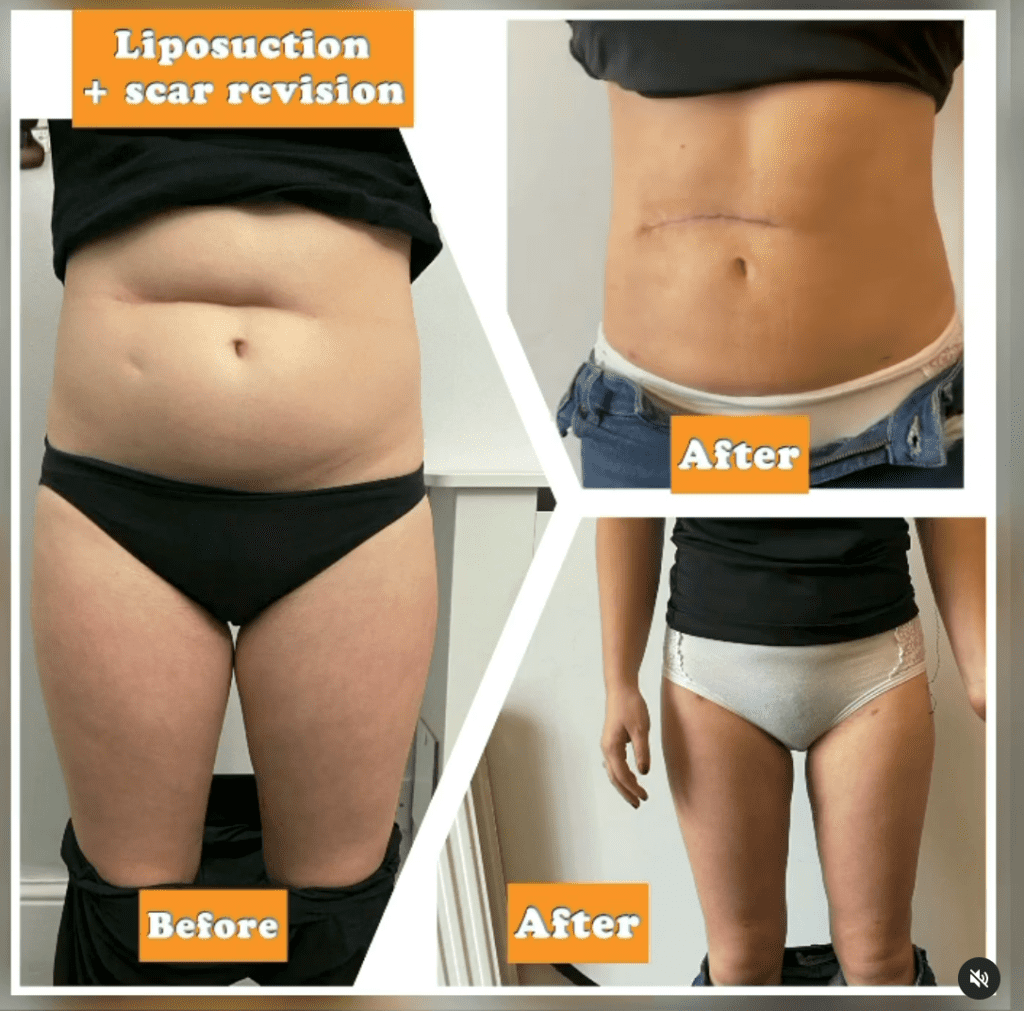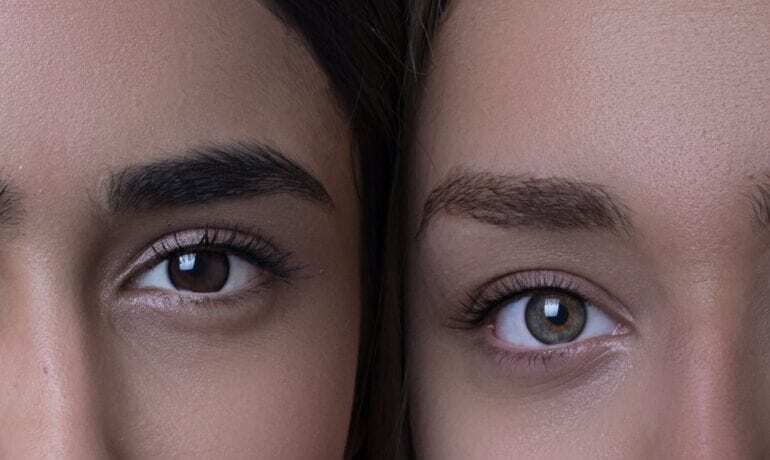If you have scarring from burns, acne, injuries, surgery, or chickenpox, you may be self-conscious about your scars. But with the right treatment, you can effectively get rid of scars, smooth skin, and reduce redness. Read on to find out what to expect from scar revision surgery.
What is Scarring?
Scarring is your body’s natural healing process. When the dermis is damaged, your body produces new collagen fibres to fix the damage. This results in a new scar. Scars usually have a different texture and quality to the surrounding skin.
There are several types of scarring.
Normal Fine-Line Scars
A minor wound tends to leave a fine raised line. A small cut would usually leave a fine-line scar. Over time, you would barely notice this type of scar.
Keloid Scars
A keloid scar is an overgrowth of tissue when the scar keeps growing after the wound has healed. They are above the skin and can be pink, red, darker, or lighter than your normal skin colour. Typically, they are itchy, painful, and may even restrict movement.
Hypertrophic Scars
Similar to keloid scars, hypertrophic scars are the result of excess collagen on the wound site. But hypertrophic scars stick to the boundaries of the wound. They can continue to grow and get thicker over several months and then may improve gradually over the next few years.
Scar Contractures
These are often a result of burns when the skin wrinkles. It can lead to tightness and restrict movement.
Pitted or Sunken Scars
Conditions like acne and chickenpox can have a sunken look. There are also known as ice pick scars and atrophic scars. Pitted acne scars usually have a hollow pit in the middle from recurring acne that has left scarring. They can be tough to get rid of, and in some cases, they won’t disappear entirely.

What is the Difference Between ‘Bad’ and ‘Good’ Scarring?
A ‘good’ scar fades and eventually blends in with the surrounding skin. On the other hand, ‘poor’ scarring such as keloid or hypertrophic scar may stay visible for months after forming. With ‘poor’ scarring, even after it fades, it tends to remain visible.
Can You Get Rid of Scars?
You cannot completely erase scars. But scar revision can improve a scar and make it much more cosmetically pleasing. Depending on the type of scar you have, there are usually different treatment options available, such as:
- Topical treatments – treatments and solutions applied to the skin.
- Minimally invasive procedures – include laser treatments, chemical peels, injectables, and dermabrasion.
- Surgical scar revision – a surgical procedure to remove the scar.
Scar Healing and Managament
After the deeper tissue and skin heal, your scar will go through several stages of healing. Scar tissue can be surface level, or it can involve deeper tissues of the skin. To start, an active scar may be red, raised and look a little angry. After the reddening and swelling phase of a scar, it transitions to becoming smaller and paler. Eventually, over time scars should fade and be more in keeping with the natural colour of your skin. This is the natural healing process of a scar, but if you have a keloid or hypertrophic scar, it may be obvious for months.
If you undergo any type of cosmetic surgery that involves an incision, naturally, you will have a scar. Although an expert plastic surgeon will do their best to conical scars in the natural creases of the skin, they may recommend silicone gel for encouraging good healing of scars. Silicone strips can help to keep the wound site hydrated while allowing the skin to breathe to help create a softer and flatter scar.
What is Scar Revision Surgery?
Scar revision is plastic surgery to improve the appearance of a scar anywhere on the body. Your surgeon makes an incision to remove the old scar. You may require a combination of techniques and treatments. Your surgeon will formulate the best plan for scar removal.
For instance, if a keloid scar has stopped responding to non-surgical methods, then surgery may be an option. One type of procedure that can target keloid scars is directly removing the scar using an incision. Stitches are then used to help the wound close. Skin grafts may also be used to help the wound close if necessary. A skin graft takes healthy skin from another part of the body and attaches it to the new area.
In terms of recovery, you will want to rest at home for a couple of days before returning to work. It’s important to avoid strenuous activities that would put pressure on the treatment area until you get the all-clear from your surgeon. Don’t expose the area to the sun for several months.
It’s important to know that you can’t completely remove all scars. Scar revision surgery aims to improve the appearance of scarring.
Scar Revision Before and After

What are the Benefits of Scar Revision Surgery?
The primary benefits of scar revision surgery are:
- Improve the appearance of unsightly scars.
- Boost confidence and self-esteem
- Remove difficult-to-cover-up scars
Scar revision can camouflage more obvious scars, which can boost your confidence and self-esteem if you’re self-conscious of any scaring. Surgical scar revision can also change the direction of the scar and align it to a more natural position.
What are the Risks and Complications of Scar Revision?
When deciding to go ahead with scar revision surgery, you need to be aware of any risks and potential complications. Risks include:
- Bleeding
- Infection
- Changes in how the skin feels
- Skin discolouration, swelling, and sensitivities
- Pain
- Damage to deeper structures
Scars are common and can be caused by a ton of different things. The depth, size of the injury, and location all play a part in how scarring forms. If you’re considering scar revision, book a consultation today to discuss all your treatment options, risks, benefits, and the recovery process.
Scar Revision London at the Harley Clinic
If you’re worried about any scarring and considering scar revision surgery, contact the team at the Harley Clinic and book a consultation today.













